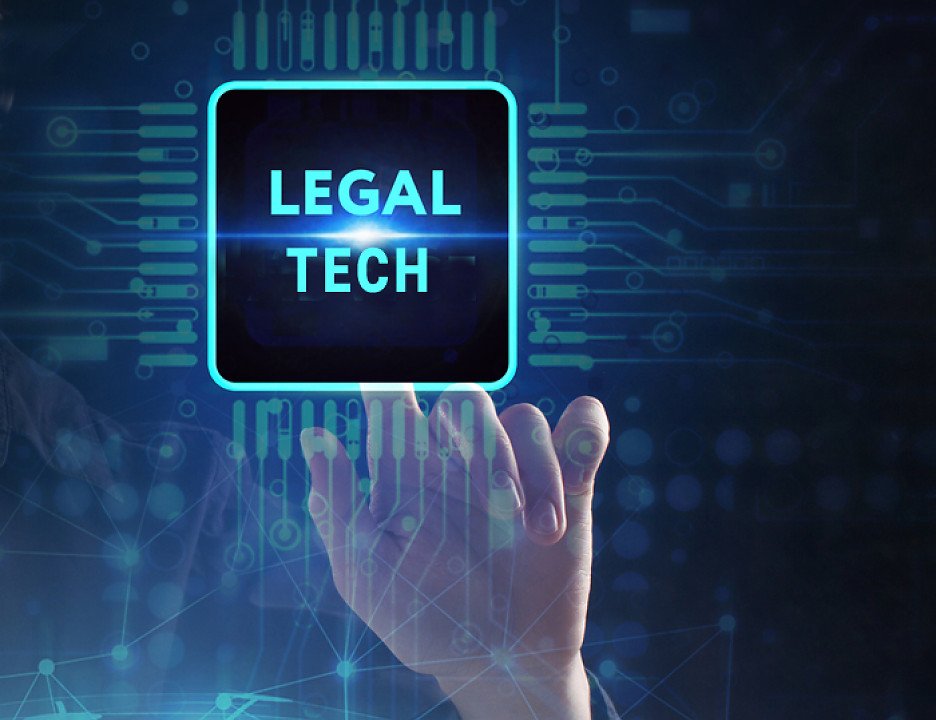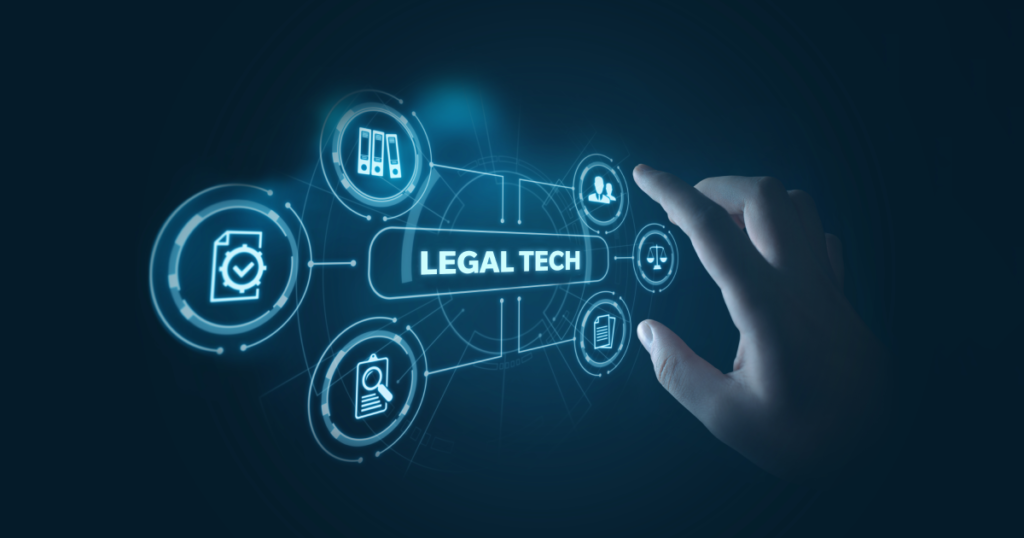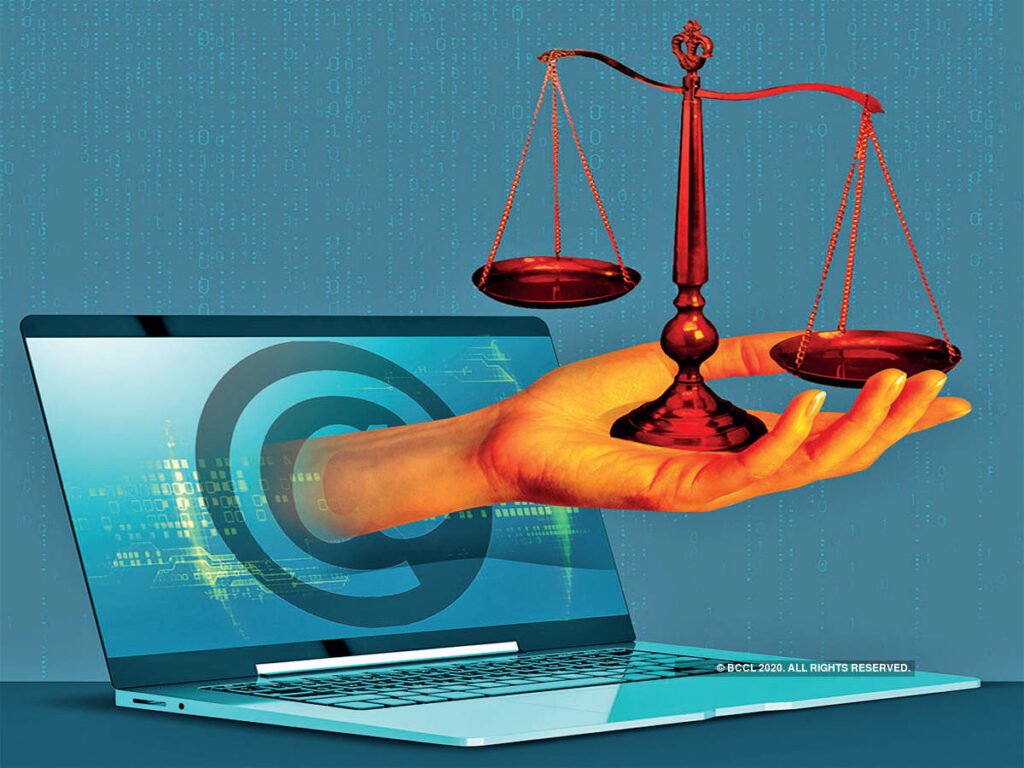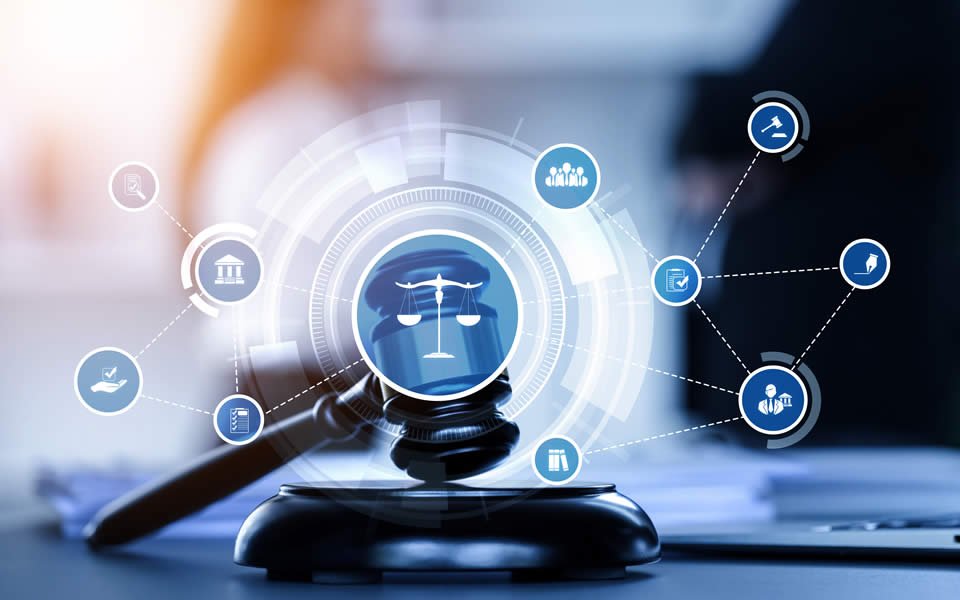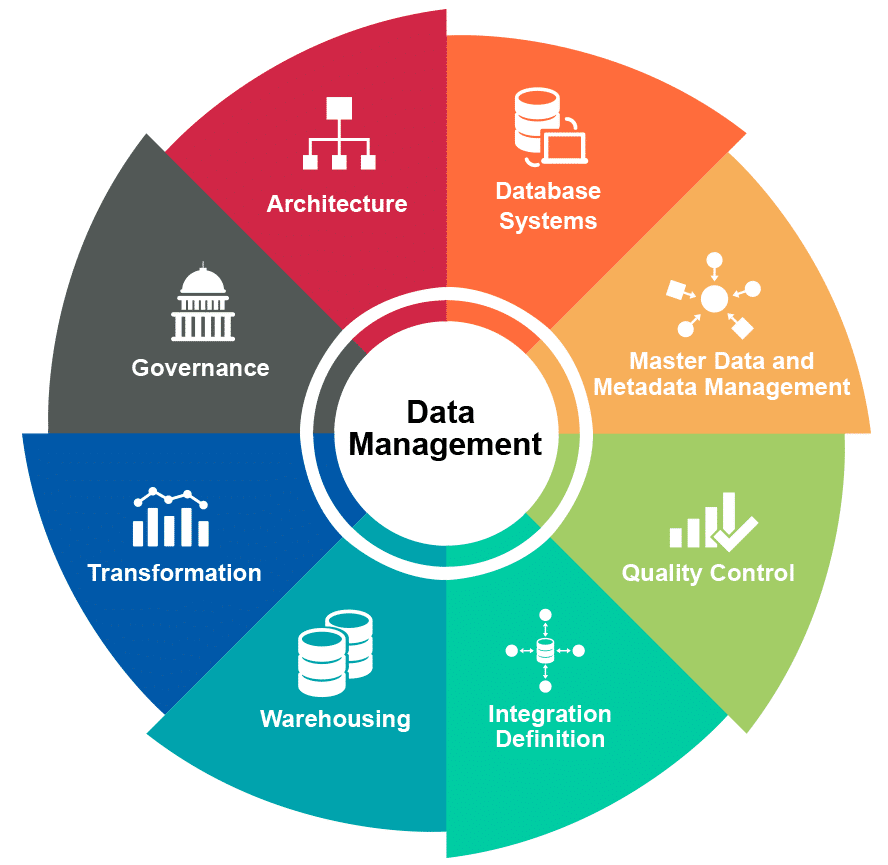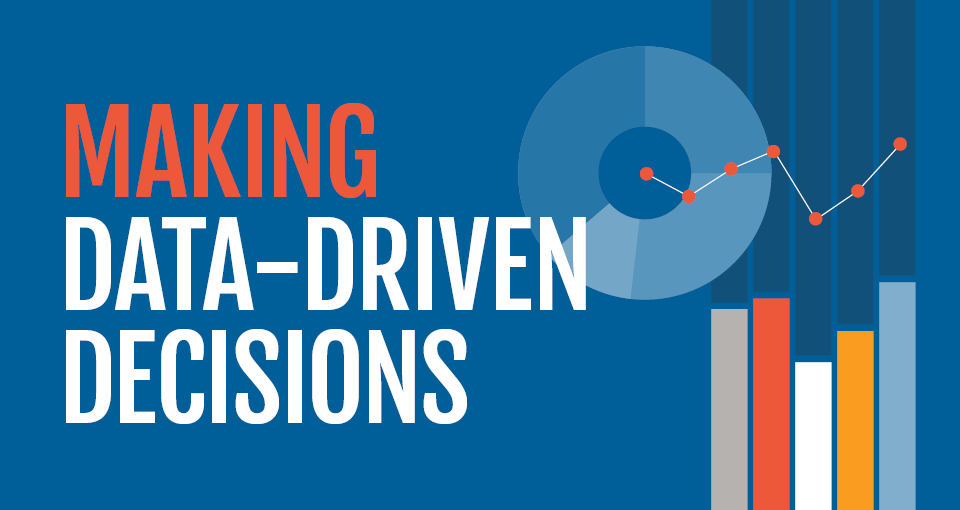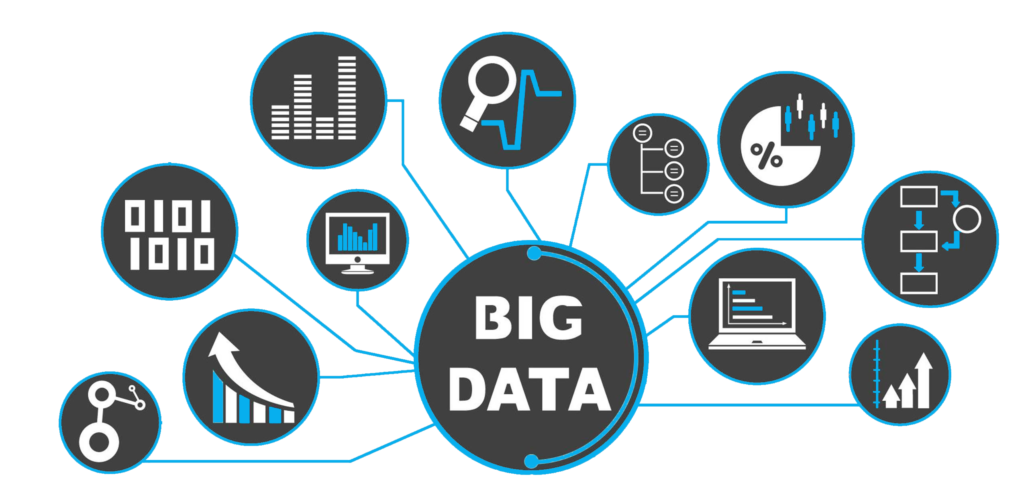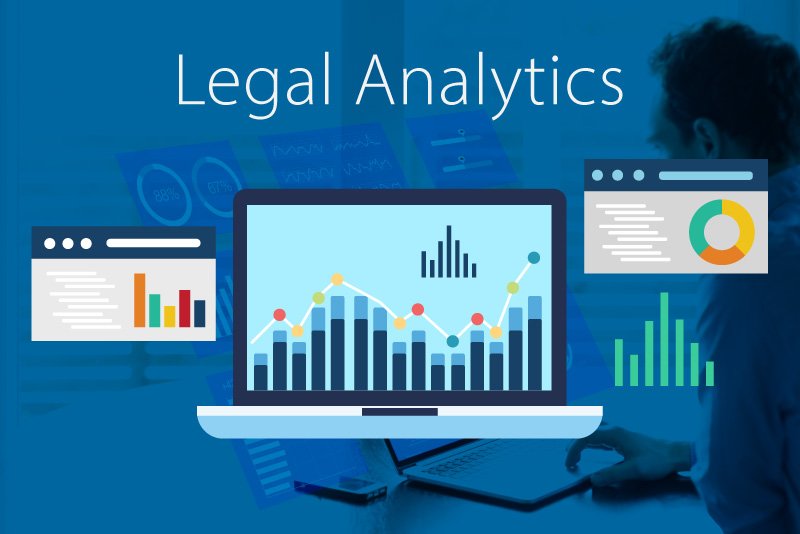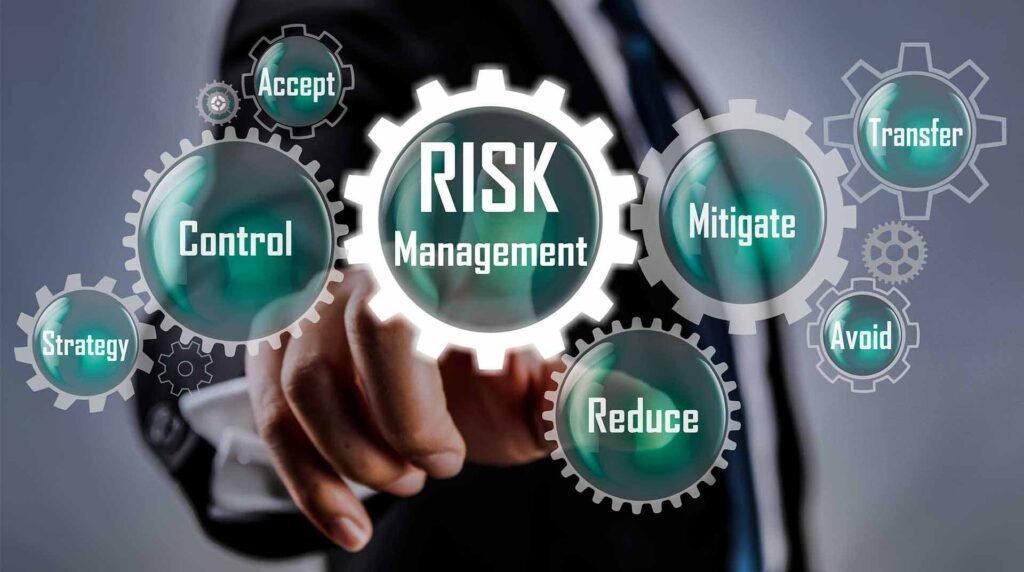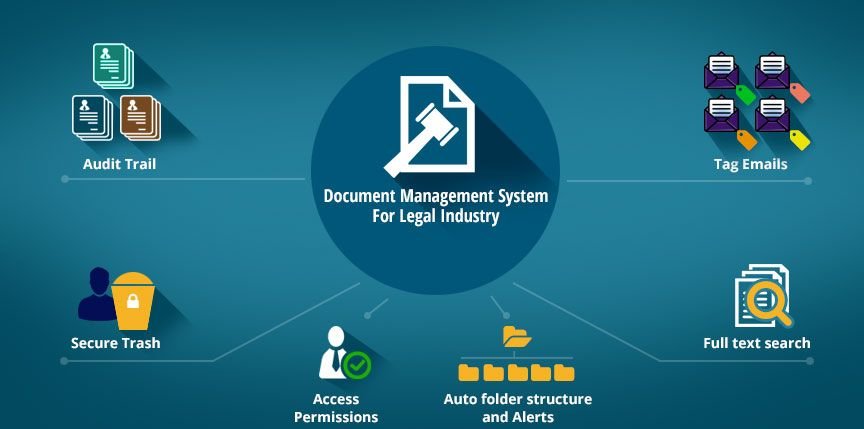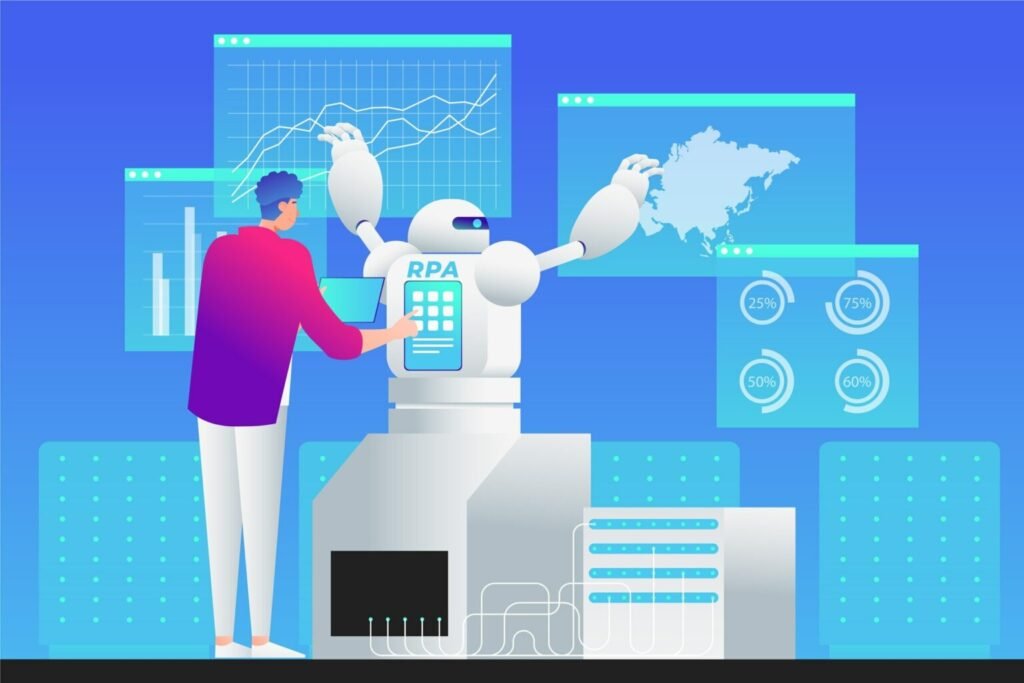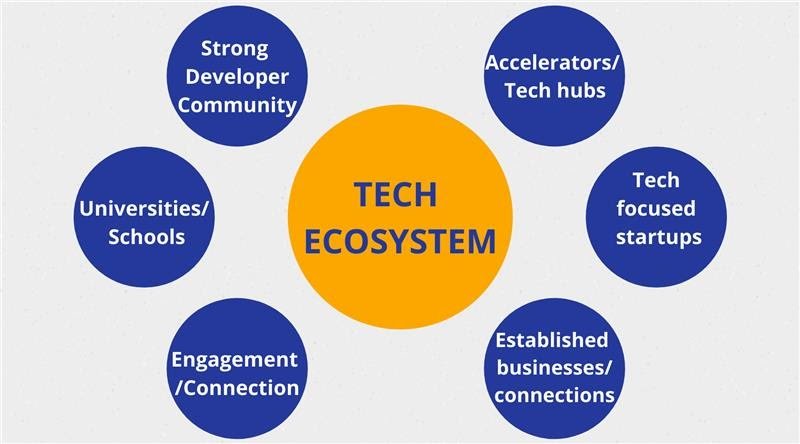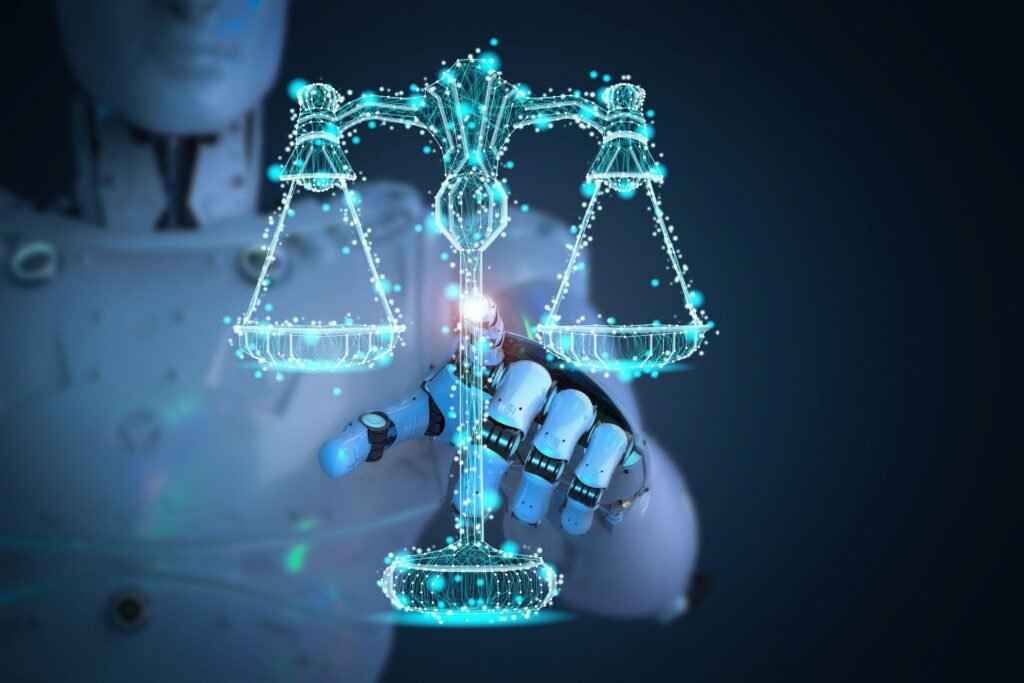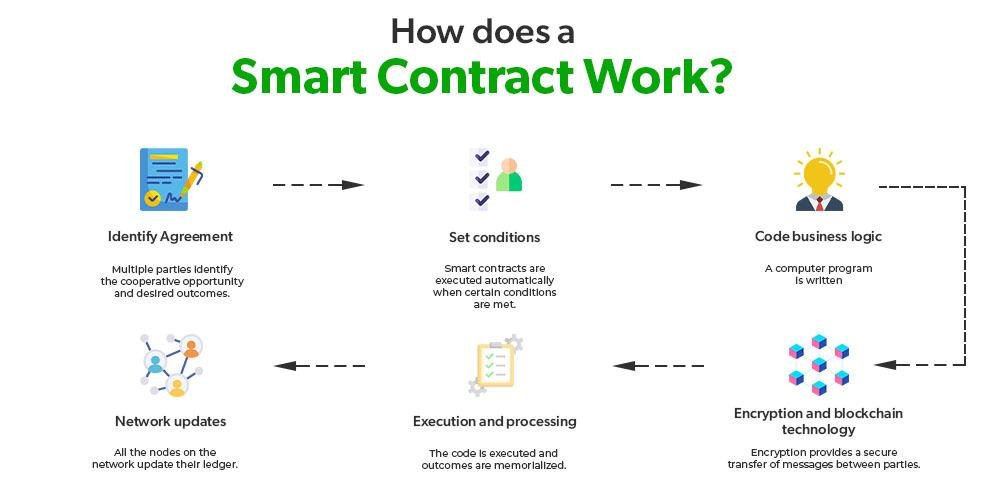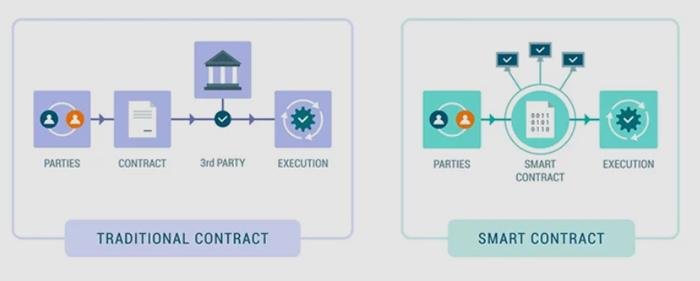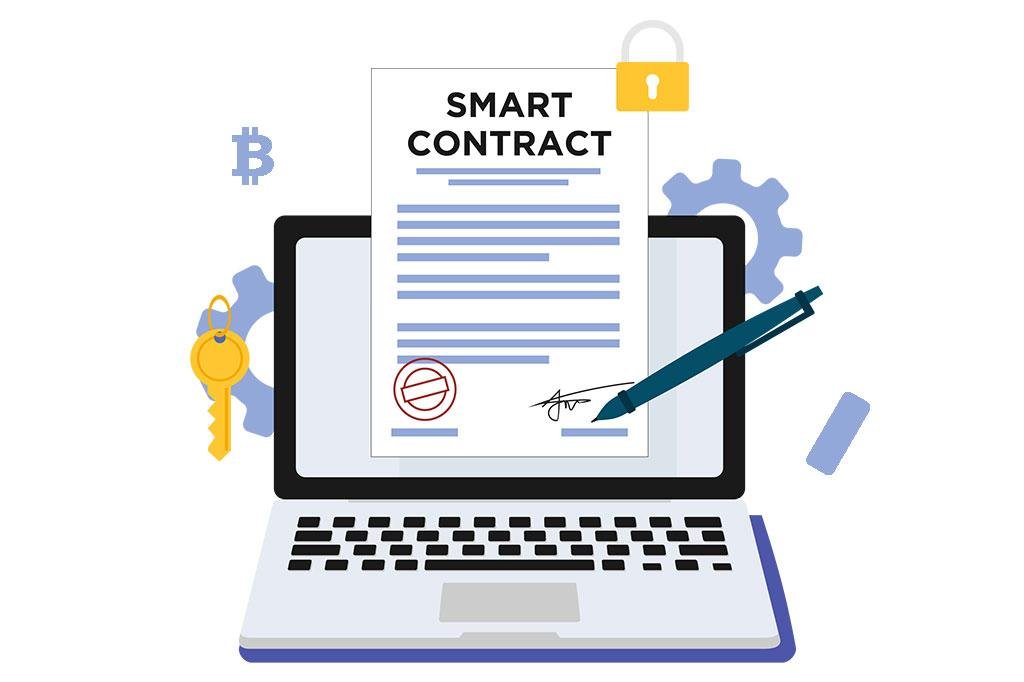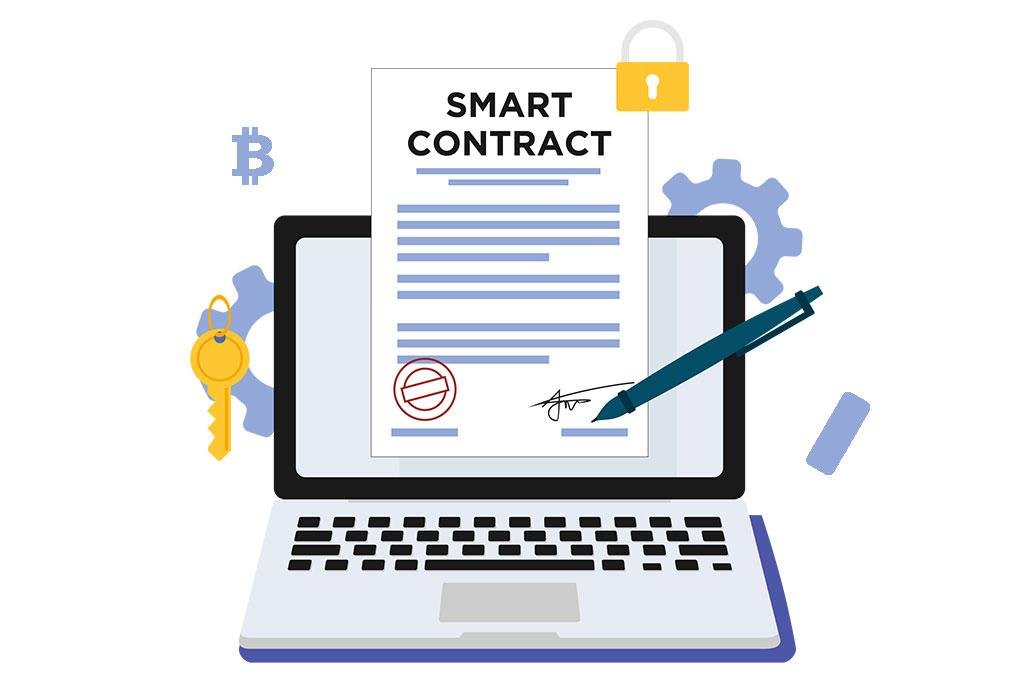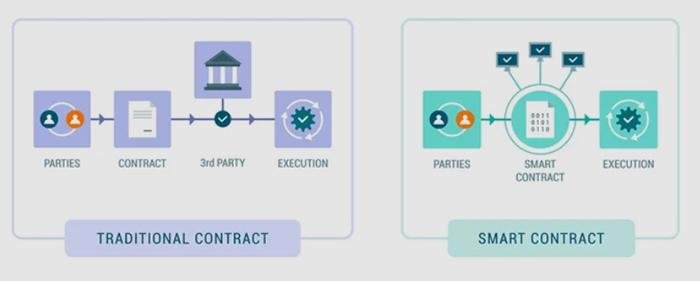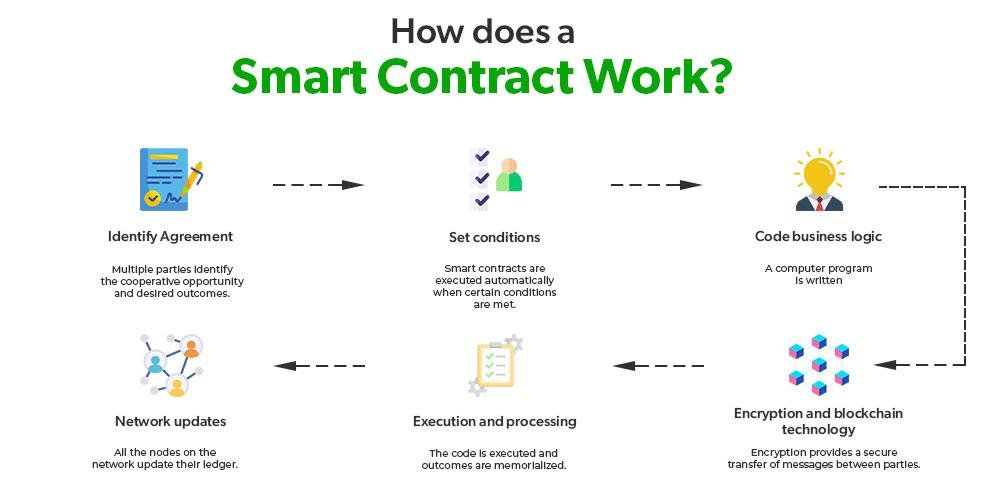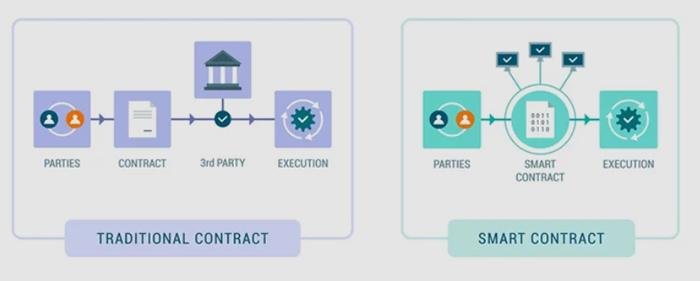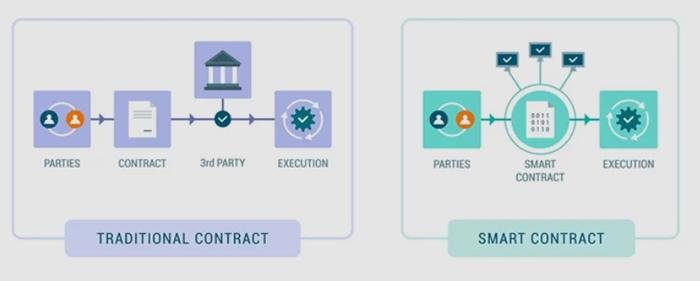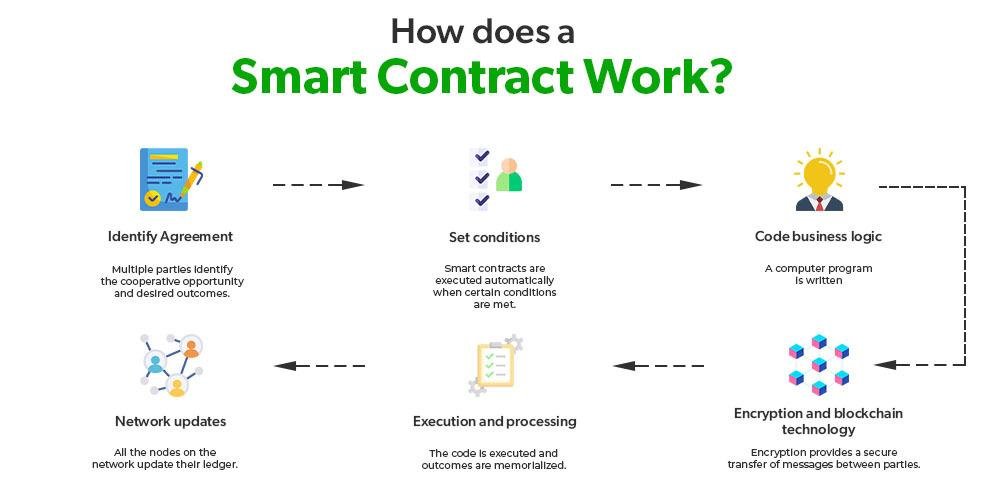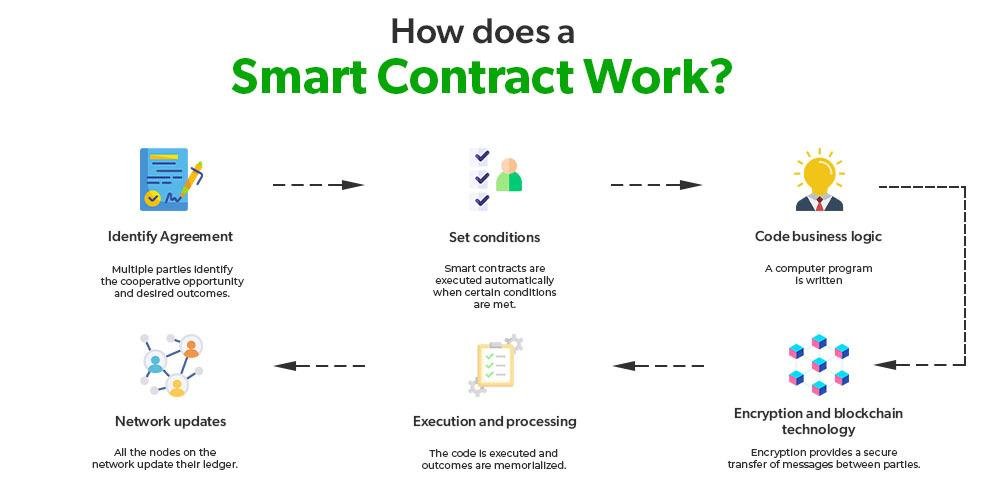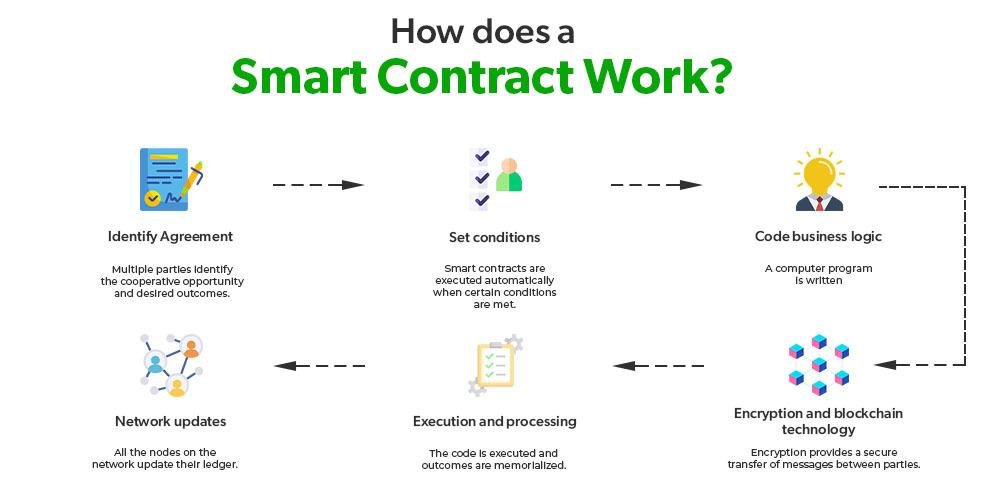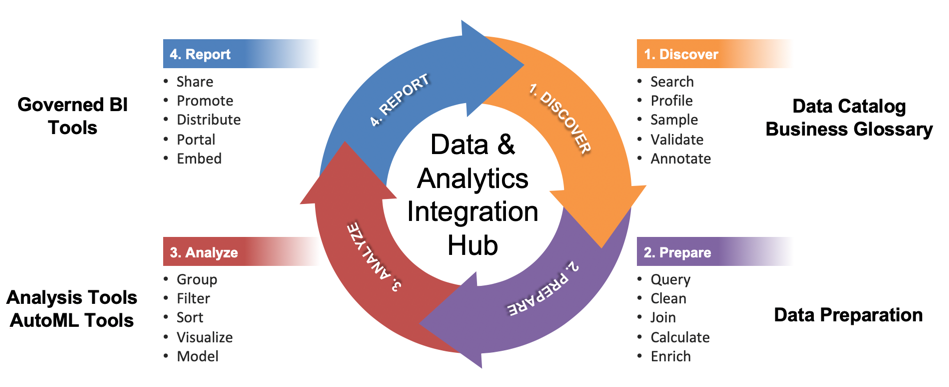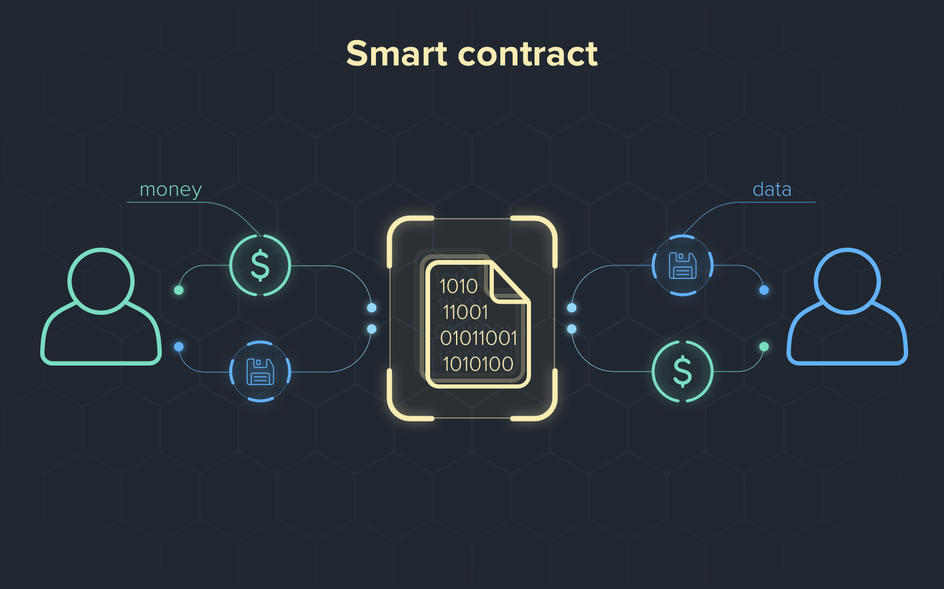The Future of E-Discovery in a Data-Driven World

Introduction
Automation in E-Discovery: The Role of AI
As the amount of data in the world grows rapidly, legal professionals face challenges in managing and reviewing this information effectively. Traditional methods of reviewing documents are often too slow and error-prone to handle the vast quantities of data generated every day. This is where automation, particularly through artificial intelligence (AI), becomes essential. AI technologies are transforming e-discovery, making it faster and more accurate.
Key Points on AI in E-Discovery
- Automation and Efficiency:
AI speeds up e-discovery by automating data processing, handling large volumes of information faster than manual reviews. This lets legal teams focus on strategy and client engagement. - Enhanced Accuracy:
AI improves document review by learning from past data, reducing errors and ensuring critical evidence is not overlooked. - Predictive Coding:
AI prioritizes relevant documents, cutting down on manual review time and lowering costs. This makes e-discovery accessible to law firms of all sizes. - Natural Language Processing (NLP):
AI uses NLP to understand legal terms and complex language, offering deeper insights into case details and relationships. - Future of AI in E-Discovery:
AI will continue to evolve, handling more complex data and ensuring compliance with regulations, making e-discovery even more efficient and reliable.
You May Also Like: The Impact of E-Discovery on International Legal Cases
Predictive Analytics: Transforming E-Discovery Processes
In today’s digital world, e-discovery is crucial for legal professionals who must handle large amounts of data. Predictive analytics is a powerful tool that helps legal teams manage this data more effectively. By using advanced algorithms and machine learning, predictive analytics enables lawyers to quickly find relevant documents and patterns that would be hard to detect with traditional methods.
Key Points on Predictive Analytics in E-Discovery
- Transforming E-Discovery:
Predictive analytics is changing how legal teams manage large data sets, helping them focus on the most important documents and improving overall efficiency. - Efficiency in Data Management:
Predictive models prioritize relevant documents for review, saving time and reducing costs by cutting out unnecessary manual checks. - Enhanced Accuracy:
By analyzing past data, predictive analytics improves the accuracy of document reviews, ensuring critical information isn’t missed. - Risk Assessment & Strategy:
Predictive analytics helps legal teams assess risks and develop better strategies by forecasting case outcomes and identifying the most persuasive arguments. - Compliance & Data Privacy:
It automatically identifies sensitive information, such as personal data, reducing the risk of data breaches and ensuring compliance with legal requirements. - Improved Collaboration:
Predictive analytics enables clearer communication among legal teams, clients, and stakeholders, fostering stronger collaboration and trust. - The Future of E-Discovery:
As technology evolves, predictive analytics will continue to improve, with AI and natural language processing enhancing the handling of complex, unstructured data.
Data Privacy and Compliance in E-Discovery

In today’s digital age, organizations face the complex challenge of managing e-discovery processes while adhering to strict data privacy regulations. As vast amounts of data are generated daily, understanding the intersection of e-discovery, data privacy, and compliance is critical for legal practices and corporate governance. This guide explores the key elements of this complex landscape.
Key Points on E-Discovery, Data Privacy, and Compliance
- Complex Landscape of Data Management
- Organizations must navigate vast amounts of digital information.
- They face stringent regulations that protect personal data.
- Rise of Data Privacy Regulations
- Regulations like the General Data Protection Regulation (GDPR) and California Consumer Privacy Act (CCPA) impose responsibilities on organizations.
- Companies must handle personal data carefully to respect individuals’ rights during the legal process.
- Importance of Compliance Awareness
- Legal teams need to understand the implications of data privacy laws during e-discovery.
- Maintaining compliance is crucial for building trust with clients and stakeholders.
- Challenges of Data Volume and Variety
- Data can be scattered across various platforms (e.g., cloud storage, social media, mobile devices).
- Legal teams are increasingly using advanced technologies like AI and machine learning to manage this complexity.
- Role of Technology in E-Discovery
- AI and machine learning enhance efficiency and help identify and protect sensitive personal data.
- Technology aids organizations in navigating data privacy while fulfilling legal obligations.
- Proactive Compliance Approach
- Organizations need robust data governance frameworks, including policies for data handling, retention, and deletion.
- A proactive stance mitigates the risk of non-compliance and prepares organizations for legal inquiries.
- Collaboration Across Departments
- Effective e-discovery requires cooperation between legal, IT, and compliance teams.
- Cross-functional collaboration ensures that legal obligations and data privacy considerations are integrated into all stages of the process.
- Future Focus on Data Privacy and Compliance
- Increasing regulatory scrutiny and awareness of individual data rights will drive organizations to prioritize compliance.
- Balancing e-discovery demands with data privacy will define successful organizations.
- Building Trust and Integrity
- Embracing the challenges of data privacy and compliance enhances legal strategies.
- Organizations that prioritize these issues will build a foundation of trust in an increasingly complex digital landscape.
The Impact of Cloud Technology on E-Discovery
The rise of cloud technology is changing how legal professionals conduct e-discovery, which is the process of managing and analyzing large amounts of data during legal cases. As organizations move more of their operations to the cloud, the implications for e-discovery are significant. This guide outlines the key ways cloud technology impacts e-discovery.
Key Points on Cloud Technology and E-Discovery
- Enhanced Accessibility
- Cloud technology allows data to be stored and accessed from anywhere.
- Legal teams can share documents and findings in real-time, improving collaboration.
- This accessibility speeds up responses to requests and adapts to litigation changes.
- Integration of Advanced Analytics and AI
- Cloud solutions facilitate the use of advanced analytics and artificial intelligence in e-discovery.
- Tools like predictive coding automate document classification, saving time and resources.
- Legal professionals can focus on higher-value tasks like strategy development instead of manual document review.
- Improved Data Security and Compliance
- With sensitive data stored in the cloud, security and compliance are critical concerns.
- Cloud service providers often offer strong security measures, such as encryption and access controls.
- Many providers comply with industry standards, easing the burden of regulatory compliance for legal teams.
- Challenges of Data Fragmentation
- Data may be dispersed across multiple cloud platforms, complicating the e-discovery process.
- A comprehensive strategy for data collection and management is necessary to capture all relevant information.
- Legal teams must understand data residency and jurisdiction laws, as these can vary by region.
- Reevaluation of Traditional Practices
- The shift to cloud-based solutions requires legal professionals to adapt their workflows and practices.
- Ongoing training and development are essential to effectively use new tools and technologies.
- Encouraging a culture of continuous learning helps teams maximize the potential of cloud technology.
- Fostering Innovation and Adaptability
- Organizations should promote an environment that supports innovation and adaptability in e-discovery efforts.
- Embracing cloud technology can help legal teams thrive in a data-driven landscape.
E-Discovery in the Age of Big Data
The field of e-discovery is rapidly changing due to the explosion of digital information. As organizations generate vast amounts of data from various sources like emails, social media, and cloud storage, legal professionals face new challenges in managing and retrieving this information. This guide outlines the key factors transforming e-discovery in today’s big data environment.
Key Points on E-Discovery and Big Data
- Increased Complexity of Data Management
- The volume of data generated daily is enormous, making traditional e-discovery methods less effective.
- Legal professionals must adapt to manage complex datasets efficiently.
- Shift from Manual Review to Automation
- Manual reviews are no longer feasible due to data growth; organizations are using artificial intelligence (AI) and machine learning.
- These technologies can quickly analyze large datasets, identifying relevant documents and patterns that humans might miss.
- Automating initial data processing allows legal teams to focus on strategic tasks, improving efficiency and accuracy.
- Adoption of Predictive Coding and Advanced Analytics
- Predictive coding uses algorithms to learn from human input and make decisions about document relevance.
- This approach accelerates the review process and reduces costs by minimizing manual labor.
- Embracing innovative tools leads to more effective e-discovery.
- Impact of Regulatory Compliance
- Stringent regulations like the GDPR and CCPA require organizations to navigate complex compliance requirements.
- Legal teams must balance thorough data retrieval with adherence to privacy laws.
- A deep understanding of technology and regulatory frameworks is essential for legal professionals.
- Challenges and Opportunities from Remote Work
- The rise of remote work and digital communication expands the types of data subject to e-discovery.
- Organizations need comprehensive data management strategies to cover all potential information sources.
- Proactive policies on data retention and deletion are crucial for future legal inquiries.
- The Need for Innovative Solutions
- The future of e-discovery is characterized by the integration of advanced technology and regulatory compliance.
- Legal professionals must embrace innovative tools to enhance their ability to manage and analyze vast datasets.
- This approach not only improves efficiency but also ensures compliance with changing regulations.
Future Trends: E-Discovery Tools and Technologies
As we dive further into a data-driven world, e-discovery—the process of finding, collecting, and reviewing electronic data for legal cases—is changing rapidly. These changes are mainly due to advancements in technology and the increasing amount of digital information. This guide will highlight the main trends that are shaping the future of e-discovery.
Key Trends Shaping E-Discovery
- Integration of Artificial Intelligence (AI) and Machine Learning
- AI and machine learning are revolutionizing how legal professionals analyze large datasets.
- These technologies allow for faster and more accurate identification of relevant documents.
- AI tools can learn from past cases to prioritize documents, significantly reducing time and costs associated with traditional review processes.
- Rise of Cloud Computing
- Many organizations are migrating their data to the cloud, which impacts e-discovery solutions.
- Cloud-based platforms offer scalability and flexibility, enabling access to data from anywhere.
- This shift enhances collaboration among legal teams and streamlines data collection and review processes.
- Focus on Data Privacy and Security
- Stricter regulations like GDPR and CCPA require robust data protection measures in e-discovery.
- E-discovery tools now include features like encryption, access controls, and audit trails to safeguard sensitive information.
- Legal professionals are prioritizing solutions that ensure both efficiency and compliance with data protection standards.
- Emergence of Predictive Coding
- Predictive coding allows legal teams to train algorithms to identify relevant documents based on a sample set.
- This technology speeds up the document review process and reduces the number of documents needing manual review.
- As it becomes more sophisticated, predictive coding will lead to more cost-effective and timely litigation outcomes.
- Importance of Data Analytics
- Legal professionals are increasingly leveraging data analytics to inform their strategies.
- Analyzing data patterns and trends helps teams understand case dynamics and identify potential risks.
- A data-driven approach enhances e-discovery effectiveness and allows for proactive risk management.
Conclusion
The future of e-discovery will involve using advanced technologies like artificial intelligence and machine learning to make finding and analyzing data faster and more accurate. As the amount of data keeps growing, e-discovery will rely more on automation to handle large datasets, simplify workflows, and cut costs. At the same time, there will be a strong focus on data privacy and compliance, requiring strong security measures and ethical handling of sensitive information. Overall, these changes will not only change legal practices but also influence how data is managed and governed in our increasingly digital world.











































































































































































































































































































